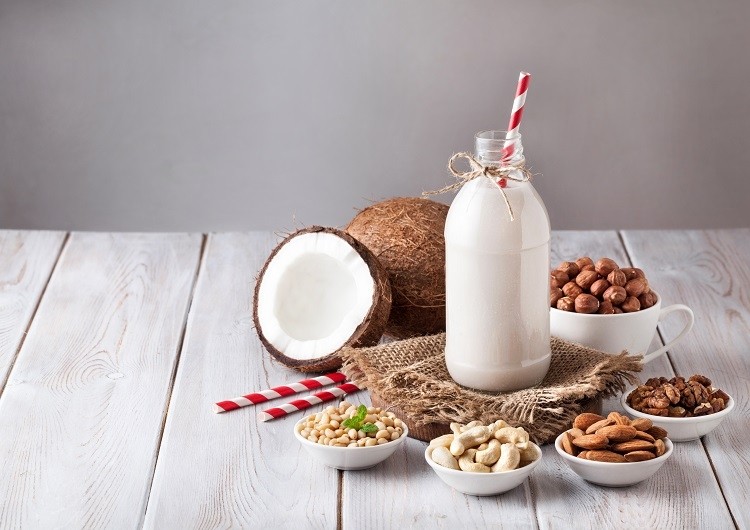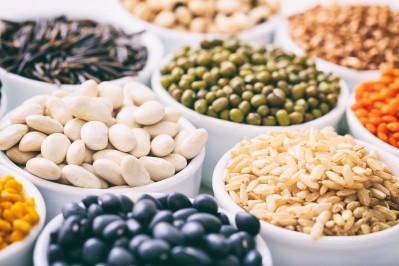Plant-based future is combined vegetable sources 'not a golden ingredient', says DuPont

Global interest in plant-based diets is growing and in Latin America 32% of shoppers now regularly choose plant-based foods and beverages and 19% consider them more important in their diet over the past year, according to a recent report by HealthFocus International.
Across South America, plant-based food product launches have also been on the rise – up 115% in three years (between 2015 and 2018); beverage launches rose 99% in the same timeframe, according to Innova 2019 data.
Glauco R. Pinto, marketing leader for South America at DuPont Nutrition & Biosciences, said the plant-based category in Latin America was undoubtedly “growing and growing fast” - following trends already seen in Europe and the US.
“Two years ago, we already predicted the boom of meat alternatives here, based on what was going on in Europe and North America, but back then, big players were not at the same pace here. Now it's changing and we can tell you that it's coming fast to Latin America,” Pinto told NutraIngredients-LATAM.
And from a formulation standpoint, he said there were clear demands in the plant-based market.
'The gold solution is not a golden ingredient'
“In the past, we tried to focus on only one source and it's been well-developed – all the industry has developed a lot of single ingredients. Now, it's more a combination of ingredients that can be used together; the gold solution is not a golden ingredient. ...Now the combination is perceived as the better solution,” Pinto said.
Providing single ingredients had long been “the most common way” to serve the market, he said, but DuPont was increasingly using its application and development teams to offer blends of plant-based ingredients that included proteins, stabilizers, antimicrobials and antioxidants, among others.
The idea, he said, was to take the best of each plant ingredient to develop higher-performance formulations. “You combine products to bring synergy and leverage one to another in order to create the best product, rather than trying to compete one against the other. So, a combination of soy plus almond or soy plus pea or rice and pea is better than just one source of protein because one can bring texture and amino acid, then another can bring a different sensorial aspect or something else – better hydration, for example.”
From soy and pea proteins to fermented vegetable cultures and egg replacement systems, the company was invested in developing plant-based ingredients that could be used in combination, he said.
“...The combination is the biggest challenge but also the way we're going to create outstanding products compared to the past.”
Tougher challenges for sports nutrition?
Sports nutrition is the second-largest category for plant-based in South America, behind milk alternatives, according to March 2019 data from Innova. And Giselle Barros, marketing leader for beverages in South America at DuPont Nutrition & Biosciences, said there had been a clear demand for plant ingredients in Latin America's sports nutrition beverage category.
“Certainly in the beverage categories, we have seen that our consumers and also customers are increasing their portfolios in terms of plant-based alternatives for not only milk and dairy but also for sports nutrition and meal replacers. So, they are working very hard on that,” Barros said.
And these formulations, she said, carried tougher challenges because of the high levels of protein involved.
“We are used to having more than 20g of protein per portion for this category. In this way, flavor and sensorial performance are important. Also, most of the products in Latin America are in powder versions, so it's very important to have good dispersion.”
DuPont was investigating new sources of plant-proteins, she said, carefully considering the nutritional profile as well as overall value or cost – the latter a “key point” in Latin America. But Barros said this was where combinations could be used to balance cost and performance in final products.
Far beyond soy...
Pinto said new plant proteins and novel combinations held a strong future in the market.
“Soy has been around for decades, right? Because it's great in terms of amino acids, and so on, and it mimics very well some products – it's the best alternative for meat, for instance. But other sources of proteins are being very well accepted by consumers and also somehow perceived as more innovative. And a combination of proteins has been very well accepted and we've been asked about these combinations too. We've been providing vegetable proteins for decades and we are expanding our portfolio in order to meet this market demand.”











